What is it?
It's Raspberry Pi silicon (RP2040 microcontroller) and a board format (Raspberry Pi Pico®). Small, low-cost, has USB on-board, 2x M0+ ARM cores and 8x Programmable IO (PIO) cores which are dumb but amazingly useful state machines that can be SPI, I2C, I2S, VGA, LED Drivers or whatever we push it to do. They're the thing that really make this special.
What are Pimoroni doing?
We've been low-key waiting for Eben and Raspberry Pi to do something with microcontrollers for years, and we're not disappointed in the RP2040 and the support around it. As soon as we got word, we went full-on to make the best of what we do, but for this new microcontroller. We also made a few new things that this new chip inspired us to do.
From the 20 or so designs that made it out of the initial flurry of ideas to design stage, 10-12 are ready for launch day, and the rest will follow in the next couple of months as the dust settles and we find what you love to do with the RP2040 and Pico.
By each category, here's what we've done in brief:
2040
Our most exciting boards are the ones that will use the new RP2040 chip directly in a dedicated application. These are things we want to make, or already make with a microcontroller, but remixed with the RP2040 so the limits of the dual M0+ and 8x PIO can be explored. We're also going to launch our own mainboards.
These should arrive in about a month or less, so sign up to get notified of their advent.
Pimoroni Tiny 2040
A MNML USB-C microcontroller. Embeddable as heck and fingertip-size.

PicoSystem
A tiny, complete gaming handheld made from layers of step-milled PCBs and love. A little sister to the 32blit.
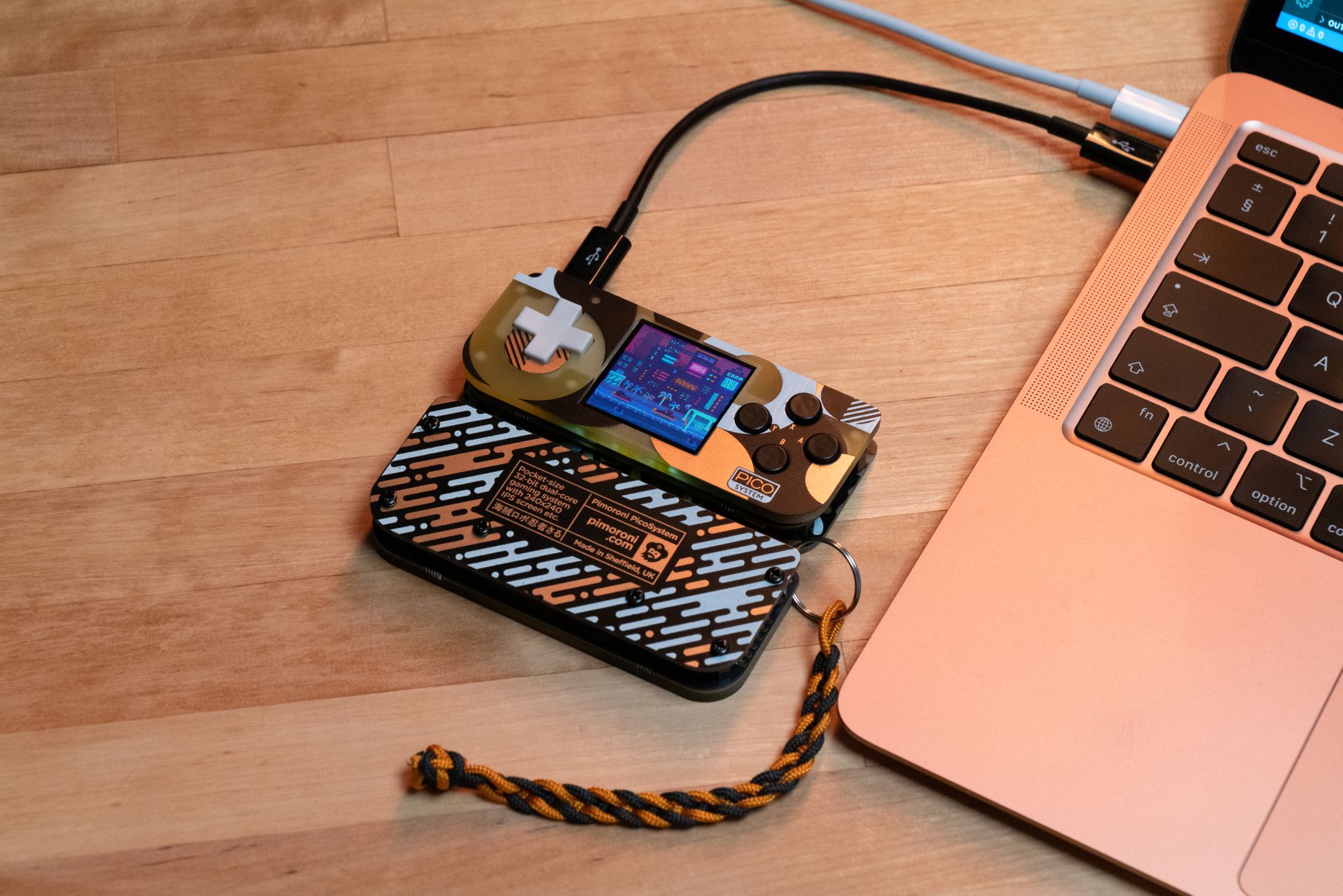
Keybow 2040
We're taking this golden opportunity, and the built-in USB peripheral to make the keybow much much slicker. 4x4 keypad, USB-C, solderless MX-style sockets and per-key RGB. All programmable over C++/Micropython.


Pack
Packs are the name we're using for our accessory boards for the Raspberry Pi Pico®. Think HATs or Shields but for Pico. They're about the same size as the Pico board and slip onto the back, like a back...pack.
Pico Audio Pack
Audio output via stereo line 3.5mm or 3.5mm stereo headphone amp with selectable gain. I2S output. Nice.
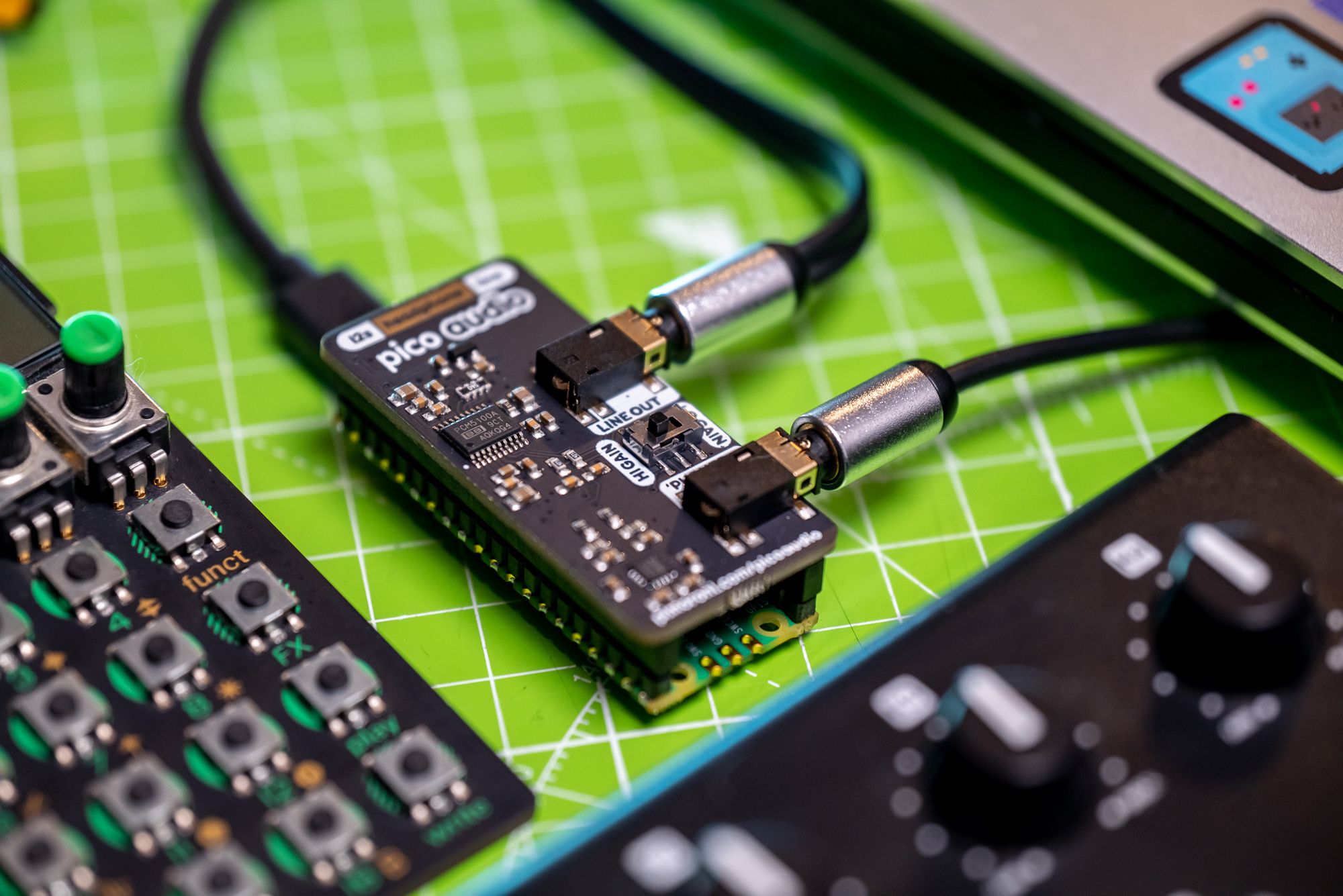
Pico Display Pack
This is a new size of screen for us, and picked specifically as it matched the size of the Pico quite well. IPS LCD. Easy to drive at speed. Low-profile headers. RGB LED for 1-pixel notifications. Tidy!

Pico Scroll Pack
We're pretty much incapable of not throwing pixels out there. So our greatest hits from HATs make their transition to packs.

Pico Unicorn Pack
And why not have it in RGB unicorn flavours also?

Pico Wireless Pack
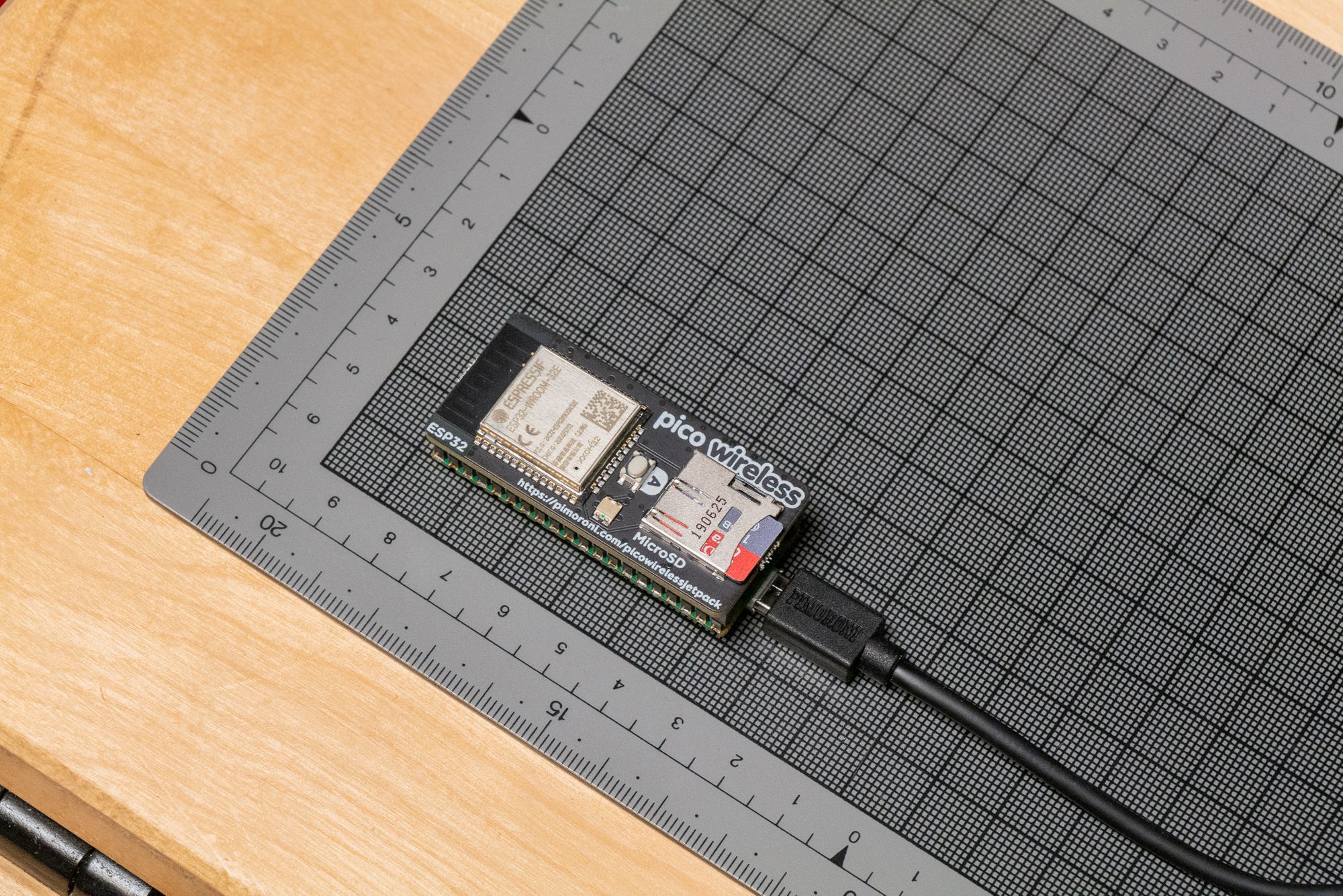
Base
Again aimed at the Pico, these are generally larger than the Pico and have a number of functions or purposes, rather than being a simple single-purpose addon.
Pico Breakout Garden Base
Adds 6 Breakout Garden ports to your Pico setup for prototyping. 4x I2C and 2x SPI.
Pico Explorer Base
This is a really sweet setup for embedded exploration and play. A real step up from the HAT and just so low-friction with the USB-and-go dev cycle.
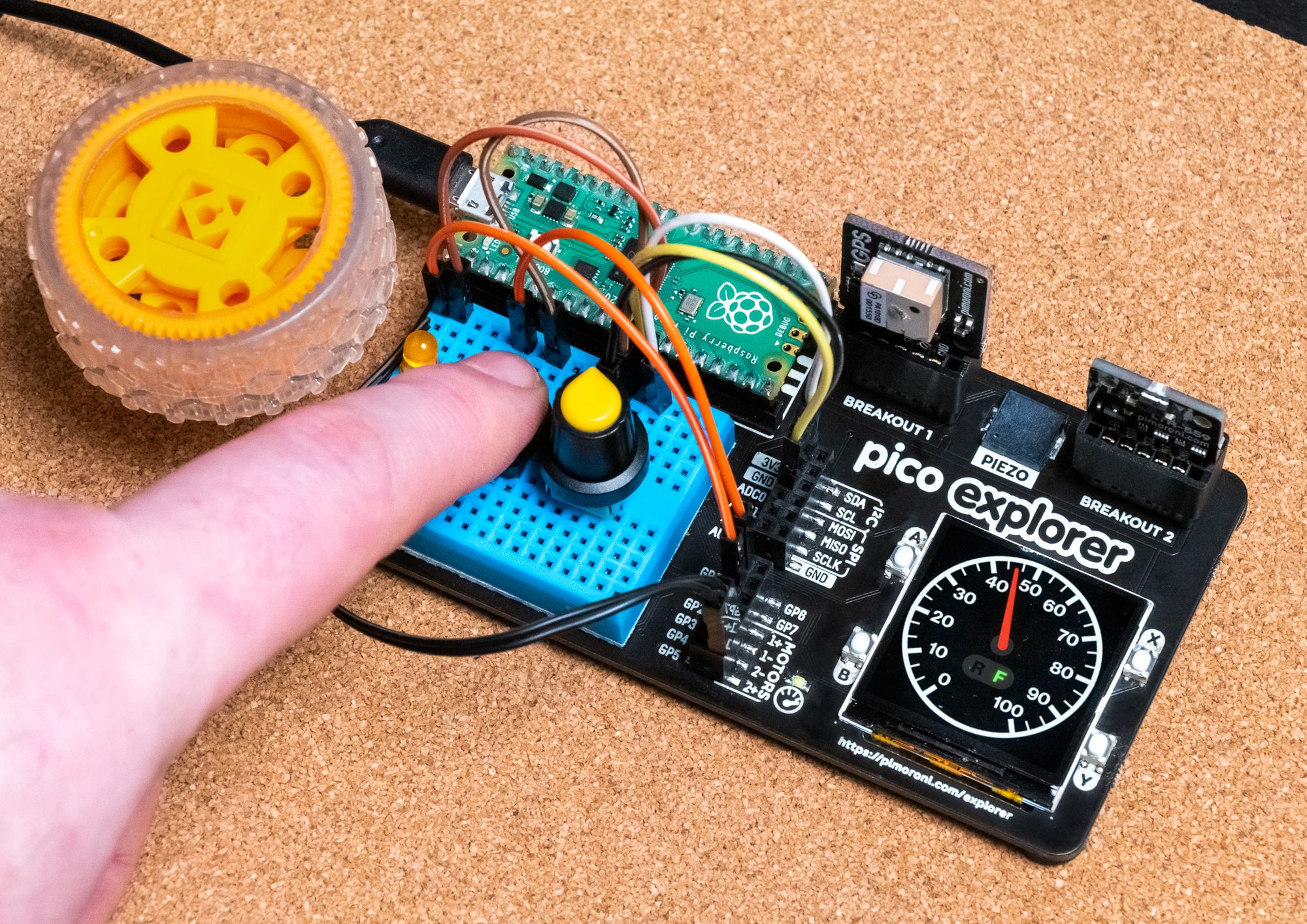
Pico RGB Keypad Base
A cute squishy silicone keypad and per-key RGB lights. Fun for USB Midi futzing.
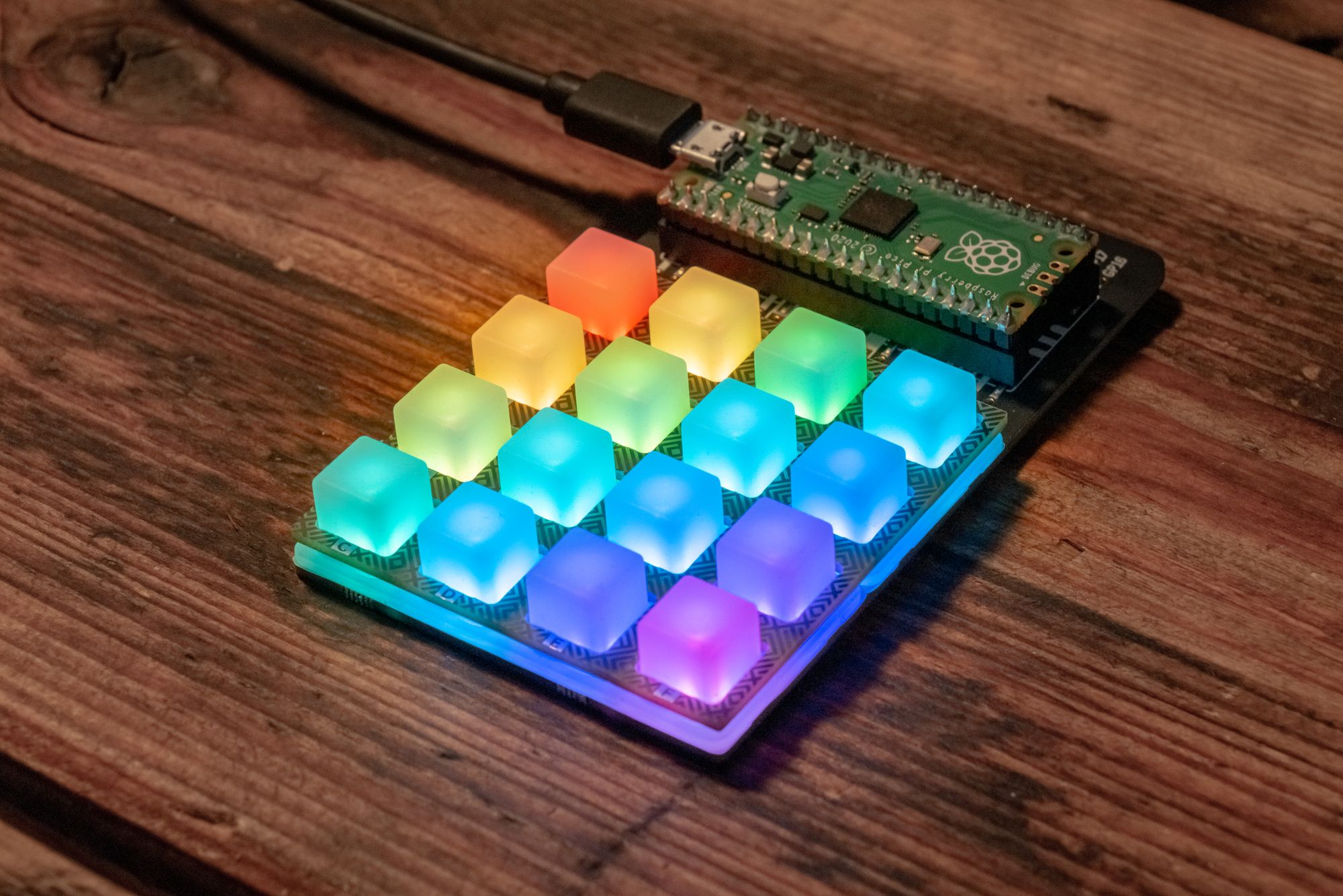
Pico VGA Demo Base
This is our implementation-with-permission of Raspberry Pi's Pico Demo Board which showed the power and versatility of those dual cores and PIO. VGA output while reading from SD card and kicking out sound and taking USB input.
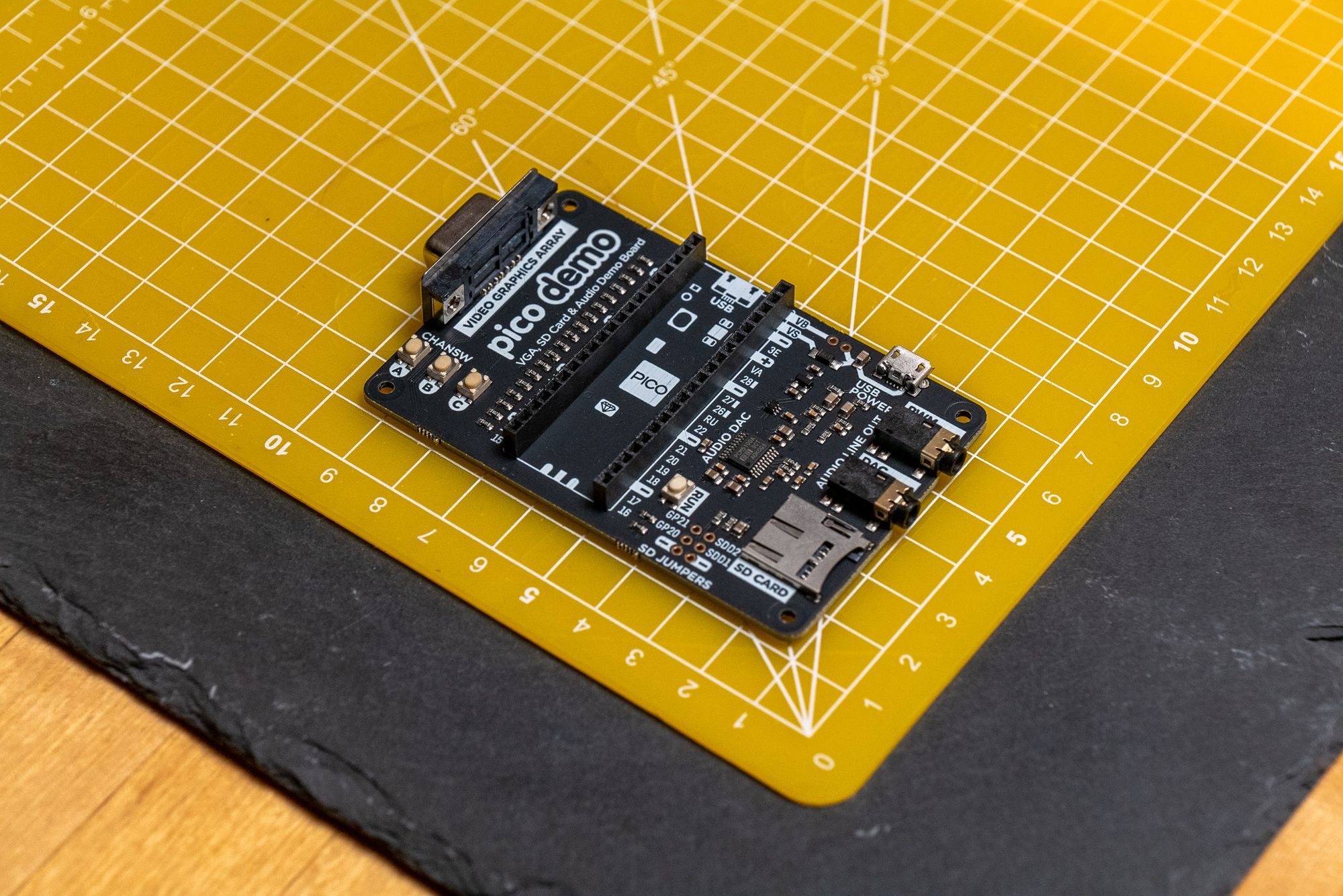
Proto
Augmenting the Pico, these allow you to use multiple Packs, regain unused pins from the Pico, or set up projects that you can leave in place and move your Pico around.
Pico Decker
Stick up to 4 boards alongside your Raspberry Pi Pico for those big project prototypes.
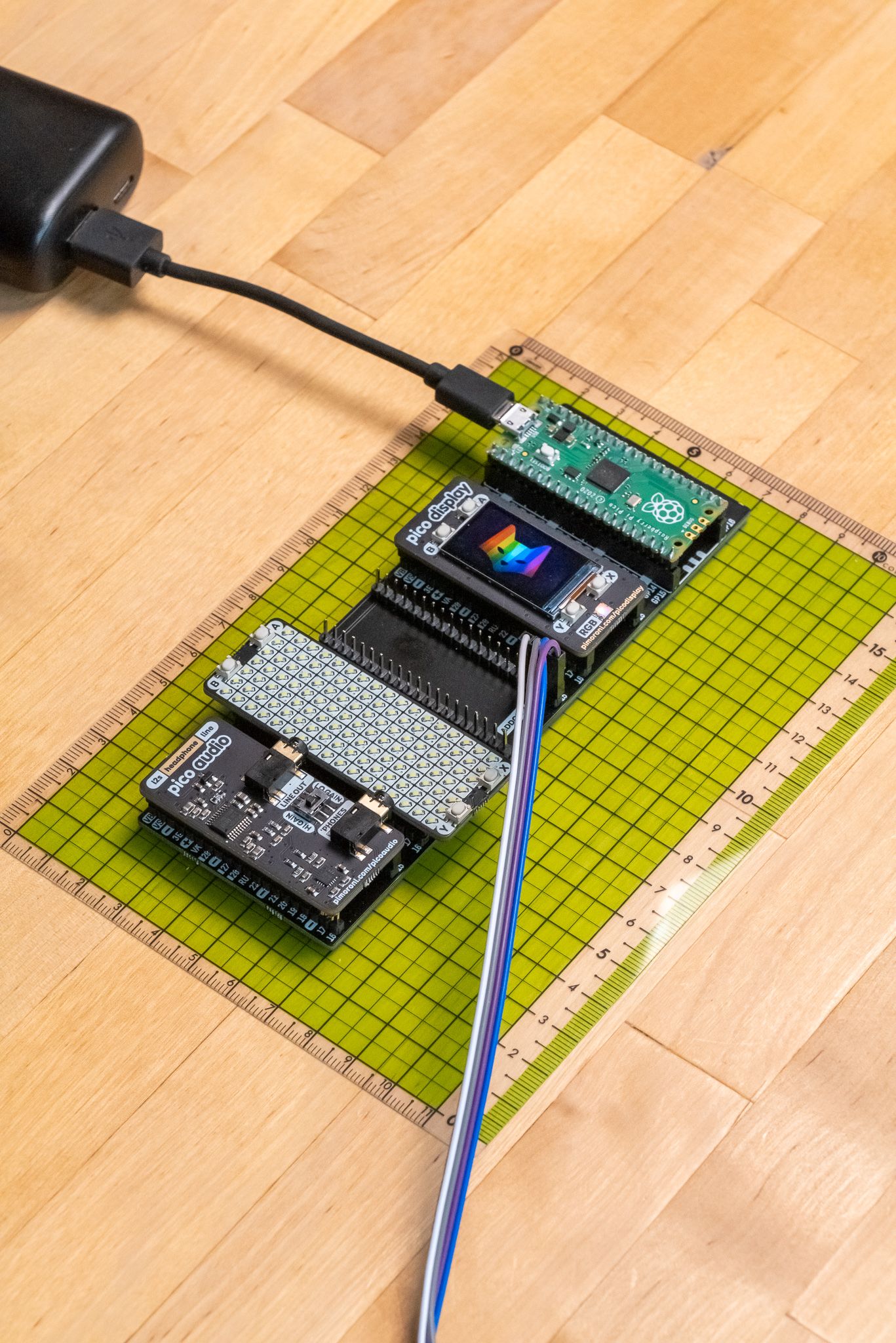
Pico Omnibus
A more restrained 2-board extender and the essential prototyping platform for your Pico.
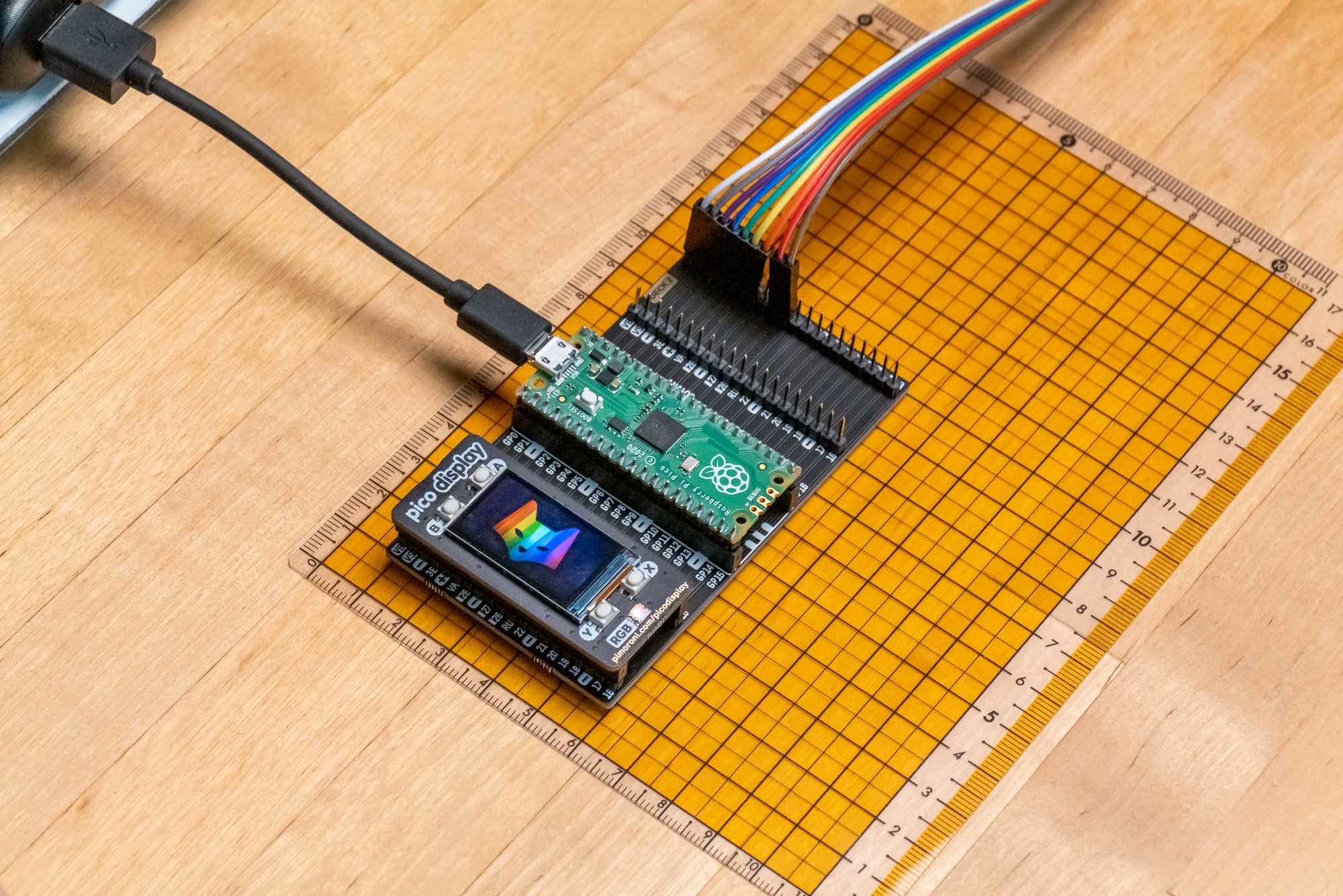
Pico Proto
Basic Pico-size proto with pin-labels for all your ad-hoc circuit needs.
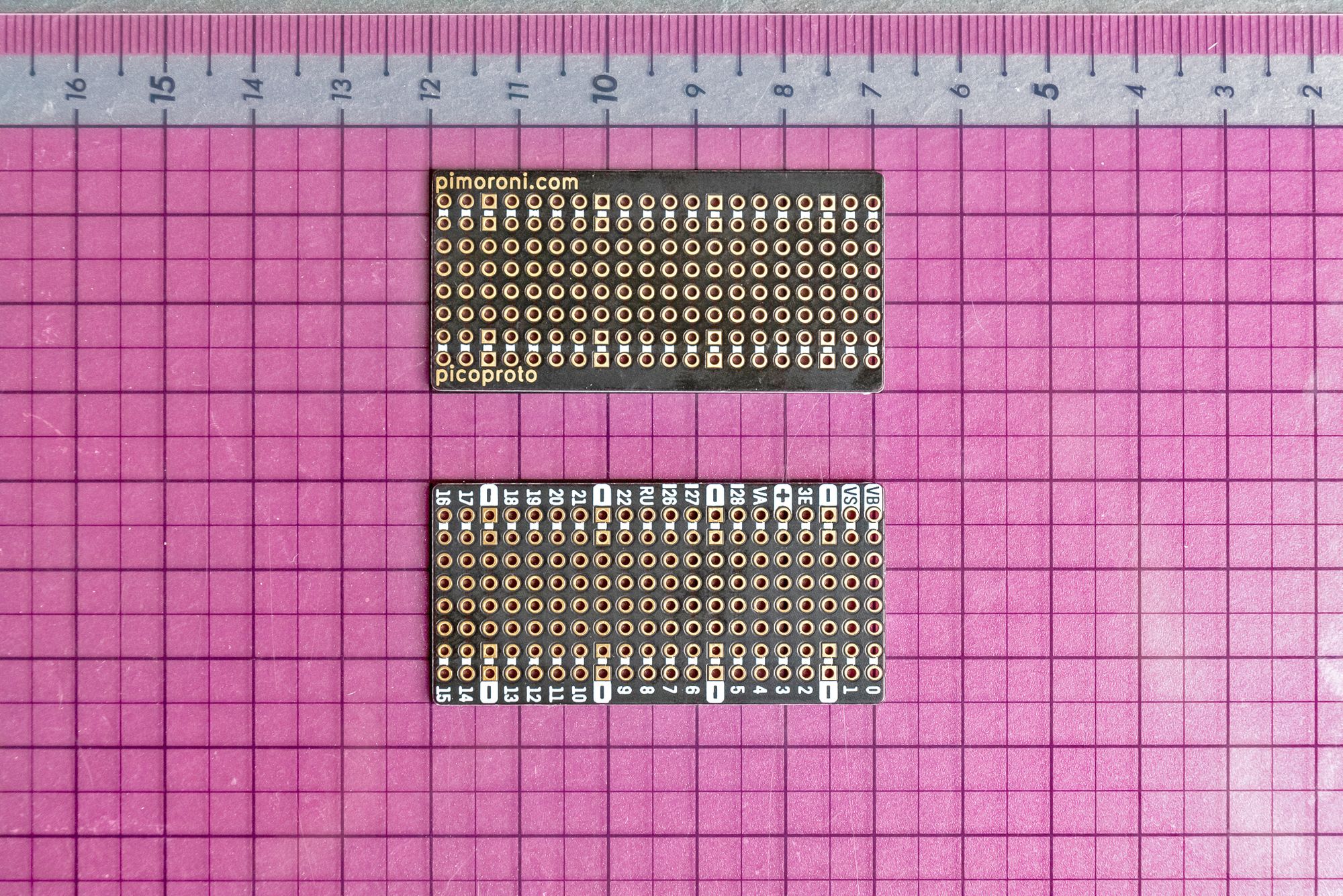
Accessories
Microcontroller development uses a lot of the same stuff you'd see around the Raspberry Pi mainboards, Arduino, Feather and the like, so stock up on bread boards, components and flexible jumper jerky. And don't forget the pin headers if you want to make your bare Pico breadboardable.
The Process
As I write this, it's been 3 months since we first committed a file to our project Github repo. To have over 10 new products at launch and another 10 or more waiting in the wings really says it all about how inspired we've been and the step-change in the development process and documentation that the Raspberry Pi crew have presented here. It's a bit of a revolution in microcontrollers and feels as exciting as the launch of Raspberry Pi's 1,2 and 3.
We needed something to focus on amid the turmoil around us, and the isolation of working from home, or getting to work and being socially distant, and Pico/RP2040 was it.
The internal tools and process around this were fairly simple, the big change was the team having focus. Github, weekly Google Meets, Trello, Google Sheets and Slack. Everything else was just getting on with things, and taking everything we already know from making HATs and our Kickstarters.
We want the documentation, software and experience as these new boards arrive to also be emblematic of Pimoroni doing their best, and upping our game to be where we should be, and follow the lead set by Adafruit and Raspberry Pi.
Thanks for supporting us this far. We hope we are worthy of your support long into the future.
